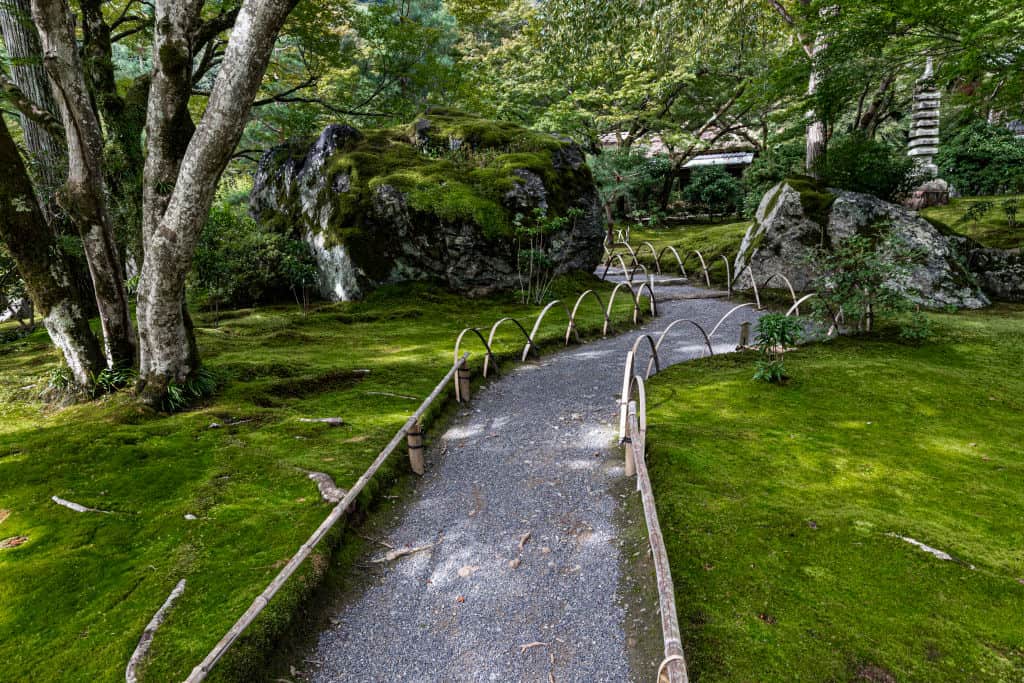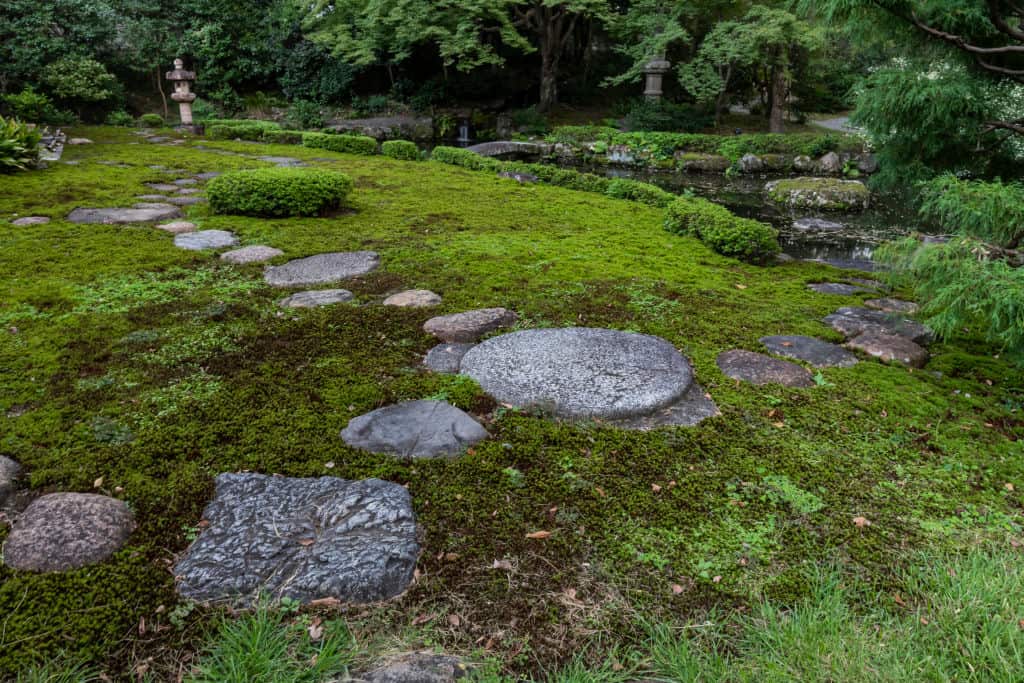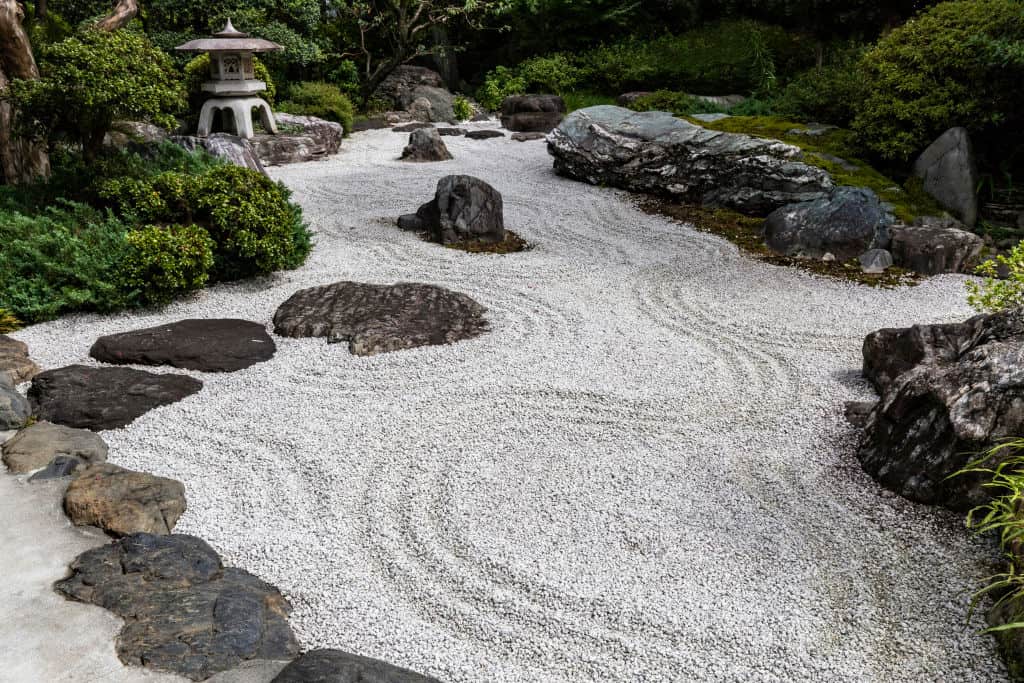A beautiful garden is not only flowerbeds, shrubs and trees, but also small garden architecture, which includes elements such as paths. They allow to divide the space in the garden and make it a functional whole.
Garden paths are one of the most important elements of small architecture on the plot. They ensure freedom of movement around the entire area – then there is no temptation to take a shortcut to e.g. a flower bed. The paths always complete the garden.
When designing a garden path, remember that:
>> See also: Spectacular entrance. Arranging the entrance to the property
Garden paths have a utilitarian and aesthetic function. When choosing a material for construction you should consider its:
Currently, garden paths are made of:

Concrete blocks or pavers are most commonly used. The biggest advantages of this solution are:
In garden stores you can find concrete blocks imitating:
Concrete is more and more popular material for building garden paths.
Stone garden paths are an elegant and timeless solution. A very popular solution is to create so called walking islands, or laying single large stones directly on the grass. In country gardens very often paths are laid with pebbles, or field stones.
Stone as a material has many advantages but it should be placed only in sunny places on the plot. In shade, the stone becomes mossy and its surface becomes slippery.
For garden paths, stone paving blocks and slabs from:

A trendy but least durable solution is to create a garden path out of wood. In order for wood to retain its aesthetic qualities, it needs to be maintained regularly. Deciduous trees and some coniferous species are best suited for garden paths. Wooden garden paths can be made of:
An alternative to wooden paths are those made of composite boards of the highest quality.
The garden path can be made of clinker bricks, which have a lot of advantages:
It is most fashionable to lay clinker bricks in herringbone pattern.
The gravel paths fit to every style of the garden but they look best in English and country gardens. This type of paths is the cheapest to make and in a small area can be done alone.
It also has disadvantages:
The best for making a garden path are stones with a size of 5-25 mm, the most popular are:
